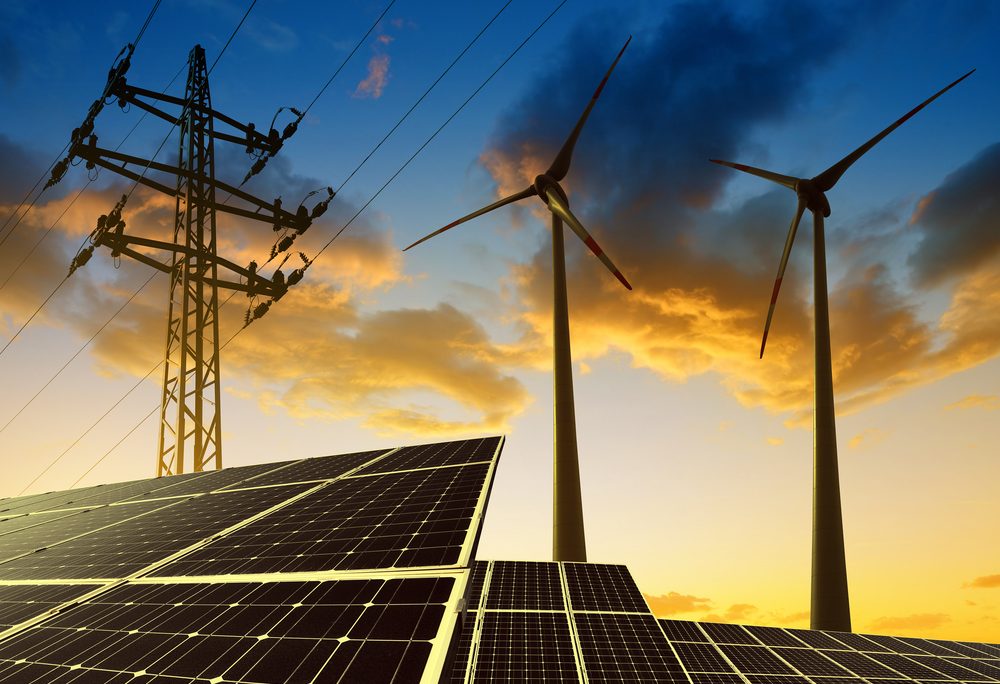What is Distributed Generation? Distributed, or embedded, generation is that which is connected to distribution networks in the UK, with the vast majority being renewable generation. At the end of 2016, there was around 29 GW of generating capacity connected to distribution networks, more than double the amount which existed just four years earlier. Distributed generation installation is getting wide attention in the restructured electricity regime, where there is a larger uncertainty in demand and supply.
Since the turn of the century, renewable energy has continued to develop at ever increasing rates, with remarkable growth seen since the start of this decade. Around a quarter of all electricity produced annually now comes from renewable generation sources.
Investment in the renewables revolution has happened due to many factors: government policy support, innovation, technological progress and cost reductions across the industry.
The technologies adopted in Distributed Generation involve small gas turbines, micro-turbines, fuel cells, wind and solar energy, biomass, small hydropower, etc. Distributed Generation is either isolated and supplying the local loads, or integrated, supplying energy to the remaining electric system.
Distributed generation takes place on two levels: local and end-point level. Local level distribution generation usually comprise renewable energy technologies that are site specific. Local level distribution generation tends to be smaller and less centralised than conventional plants. At the end-point level, distribution generation can work as isolated islands of electric energy production or they can operate as small contributors to the power grid.
The rating of distribution generation can range from a few kilowatts up to 100 MW. Some distribution generation technologies can produce electrical energy almost as efficiently as large central power plants at a compatible price with less environmental impacts.
With this continued increase and the need to integrate renewable energy sources comes the need for a smarter and more flexible power system, the emphasis in the industry being on the migration towards a smart, decentralised system. This smart grid vision defines the distribution network of the future, with new technology, automation, communications, policies and market structure all combining to improve network capacity, reliability, efficiency and overall sustainability.
The turn of the year saw the launch of the Open Networks Project which aims to lay the foundations of a smart energy grid in the UK. The UK’s electricity network operators, the Department for Business, Energy & Industrial Strategy, the energy regulator Ofgem and many other key stakeholders will collaborate on this project to enable the UK’s energy networks to move from their traditional role and to act as smart platforms that enable a whole range of new energy technologies that generate, consume and manage electricity to function together.
A major component of a flexible power system will be the capability to store energy. Whilst this has traditionally been done using large-scale, centralised pumped hydro schemes, emphasis has shifted to other technologies with the primary focus currently on battery energy storage. Storage provides a larger market for local balancing, increased penetration of distributed generation and the capability to provide ancillary services to the network.
With the aforementioned changes in network structure, there also comes the need for change in the companies who control them. The planned transition from Distribution Network Operators (DNOs) to Distribution Systems Operators (DSOs) is currently a hot topic in the industry.
Whilst DNOs currently control and maintain the distribution networks, under the DSO model the operator will have a role in actively managing local electricity generation and use, securely operating and developing an active distribution system comprising networks, demand, generation and other flexible distributed energy resources. This will enable competitive access to markets and optimal use of distributed resources on distribution networks.
For energy industry professionals wishing to get up to speed on distributed generation, the IET’s annual established (since 2003) comprehensive course on distributed generation is available for either individuals or teams and takes place on 7-9 November in Glasgow, Scotland.
